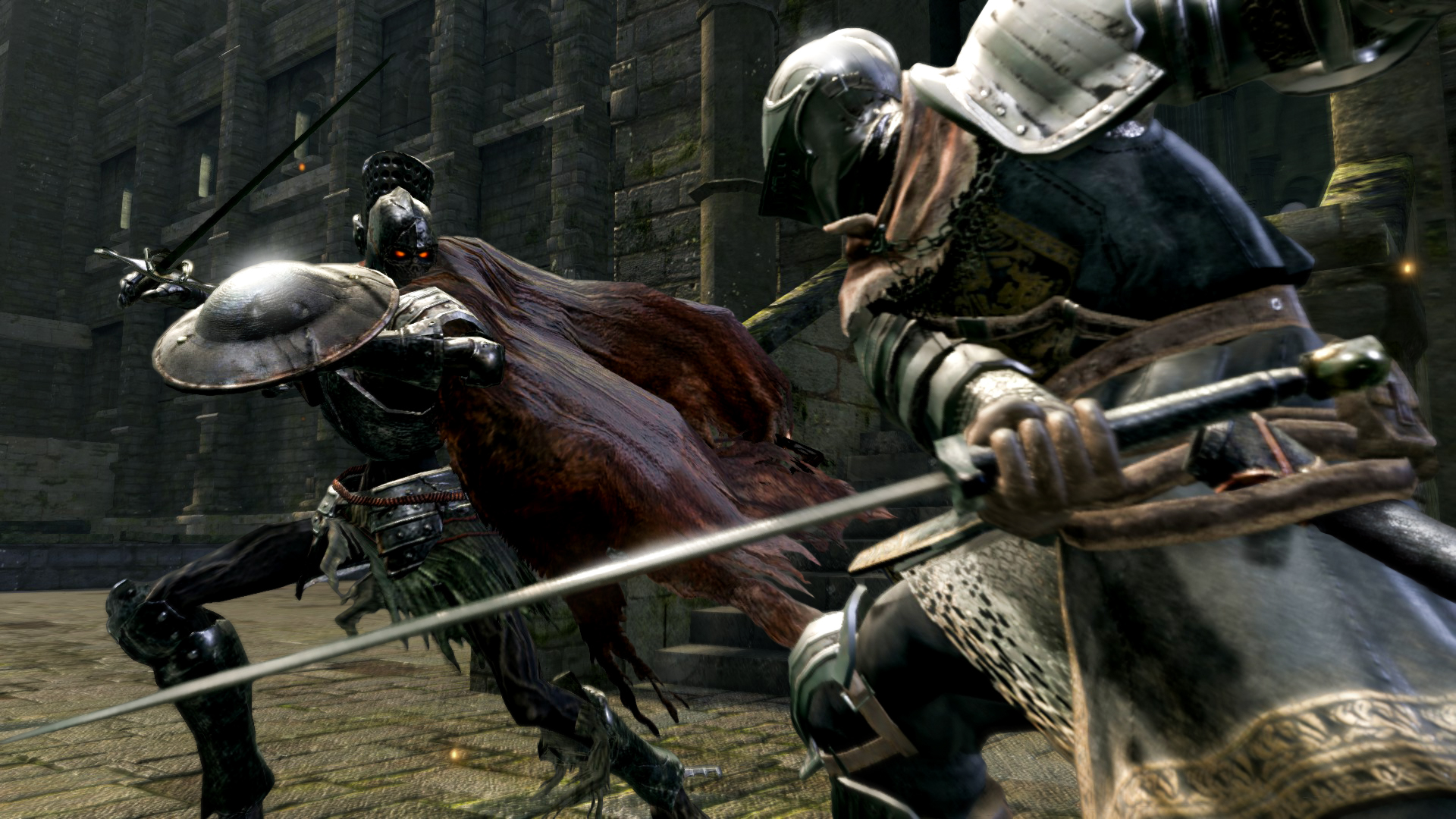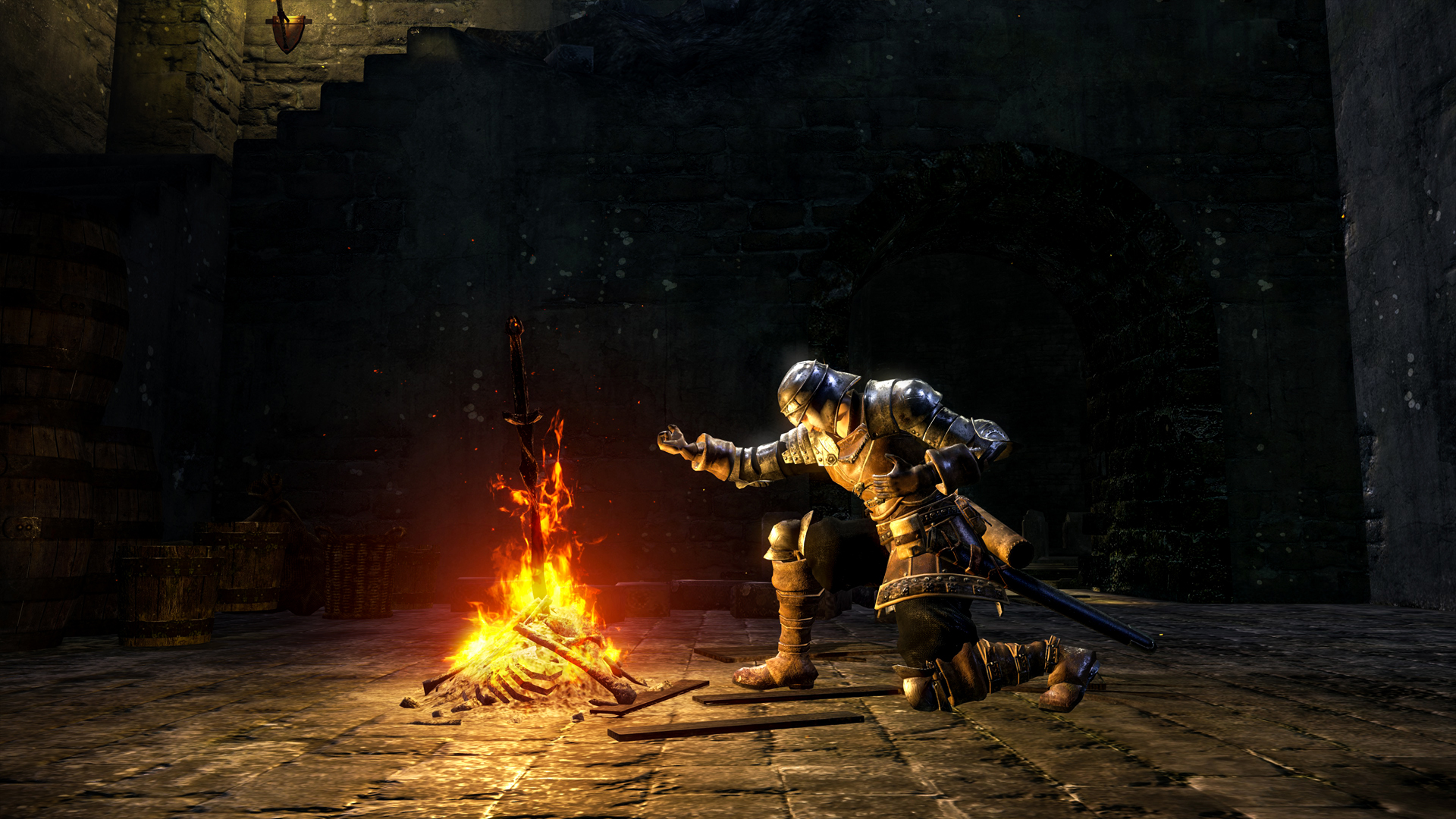Dark Souls Remastered explained: best class, combat tips, humanity and summoning
Not sure how combat works in Dark Souls Remastered, or what humanity means? This guide should help if you trying in Nintendo Switch
Dark Souls Remastered has arrived on Nintendo Switch and there is a lot to learn. Especially if you've never played it before. (and, in all honesty, even if you have.) Things like Humanity and Hollowing take some explaining and the combat, while simple to grasp, has some very specific quirks that can really change things up if you master them. So get comfy and get ready, because we've got a lot to cover.
- Dark Souls Remastered full walkthrough guide: every area, boss, secret and more
- Dark Souls Remastered tips for farming Souls and Humanity
- Dark Souls Remastered Boss guide
- Dark Souls Remastered Covenant guide
Dark Souls Remastered character creation guide
Your choice of starting class does not confine or define you. The variance in initial stats is not that significant, so if you decide an hour into the game that you don’t want to be a sorcerer, simply stop increasing your intelligence stat.
However, for beginners Pyromancer is a good start due to it's use of ranged attacks. The Knight is also good for combat, although a little slow, they're very good at blocking. Whatever you use high faith, intelligence, strength and dexterity are good to begin with until you get a feel for what you like.
What does matter is the starting equipment of the classes, which you should check carefully. The starting gift is also crucial. If you do not choose the Thief class (which starts with the Master Key in hand) we highly recommend choosing the Master Key as your gift. This opens up shortcuts early on and can save you the hassle of having to hunt down specific keys. Every other gift can be obtained another way at some point in the game, so if you are a Thief, pick the Black Firebombs (for use on the first boss).
Your character name and appearance is permanent, so make sure to tweak and tweak and tweak until you are satisfied. Even in subsequent playthroughs, you cannot alter these parameters.
Dark Souls Remastered combat Tips

Movesets: Always test out a new weapon before heading into combat. RB is the standard attack, RT is the strong attack, and repeatedly pressing either will usually result in a combo. The exact moves can vary wildly depending on which weapon you’re holding, and further still if you press Y to hold the weapon with both hands. Also make sure to try attacking with both buttons after a roll or after sprinting.
For certain special weapons and shields, pressing RT or LT unleashes a special attack as opposed to a standard heavy swing. For example, if you hold the Drake Sword in both hands and press RT, you’ll send forth a vertical shockwave. These moves can be very useful, but they almost always severely degrade the integrity of the item. Visit a blacksmith to repair broken weapons.
Backstabs: Backstabs are high-damage attacks that are accomplished by pressing RB when you are close to and directly behind an enemy. This triggers a special animation and always results in a knockdown. In most cases, only humanoid enemies can be backstabbed (for instance, you cannot backstab a rat or a dragon).
Circling around an opponent’s left side and backstabbing them should be your primary means of engaging enemies that seem too powerful to attack head on.
Parry and Ripostes: Pressing LT with most shields or weapons equipped in your left hand will cause your character to perform a parry move. If you parry just before the enemy makes contact with you, the blow will be deflected The exact animation and timing varies wildly depending on what’s equipped, so make sure to practice every time there’s an equipment change. Not all shields and weapons parry (for instance, greatshields do not), and not all enemy moves can be parried.
Pressing RB immediately after a parry usually results in a riposte. Like a backstab, a successful riposte will trigger a special animation and result in high damage and a knockdown. Parrying and riposting can be extremely difficult, but is sometimes the only path to victory. If you plan on doing any PVP battles, learn these moves.
Kicks: If you press forward and RB at the same time, your character will perform a quick forward kick (a small number of weapons do not allow this move). This serves as a means of knocking away an enemy shield, or staggering/pushing an enemy back. In many instances, drawing your opponent near a cliff and kicking them off the edge will equal instant victory.
Human Form, Hollow Form, and Humanity

Hollow: You begin the game hollowed. Whenever you die, you’ll respawn at the last bonfire you rested at as a hollow. You aren’t weakened in this state, but there are several restrictions and disadvantages. In order to reverse your hollowing (become human), consume at least one Humanity, rest at a bonfire, and choose the ‘reverse hollowing’ option. This will reduce your Humanity count by one and return you to human form.
Human: In human form, you can directly interact with other players in the online community. This encompasses summoning allies (even offline NPCs), invading, or being invaded. (You can be summoned as a hollow, however.) Curse resistance and item discovery are increased when you are in human form, and further increase as you raise your Humanity count, though these values stop increasing once your Humanity count passes 10. Also, you can only kindle bonfires (boost the Estus Flask count output) while in human form.
Humanity: Humanity are consumable items dropped by enemies, found in the environment, bought from merchants, or automatically obtained (in special cases). They can remain in your inventory indefinitely, but once you consume Humanity, your Humanity count increases and the item is permanently removed from you inventory. Like your soul count, your Humanity count drops to zero if you are killed. You can regain your Humanity and souls by finding your bloodstain - assuming you don’t die again before doing so.
Boss Battles (Solo vs. Team)
At certain points in the game you can summon offline NPCs. Nearly any boss battle can be made markedly easier by touching a summon sign (usually found in front of fog doors) left by an online player. These summoned phantoms have nothing to lose during your personal boss battles, and will likely bear the brunt of the damage while you pick and choose your moments to attack.
If you’re having trouble with a boss, we recommend utilizing summon signs, which are quite common if playing while connected to the internet. Remember: you must be in human form to summon allies.
Sign up to the GamesRadar+ Newsletter
Weekly digests, tales from the communities you love, and more

I'm GamesRadar's Managing Editor for guides, which means I run GamesRadar's guides and tips content. I also write reviews, previews and features, largely about horror, action adventure, FPS and open world games. I previously worked on Kotaku, and the Official PlayStation Magazine and website.